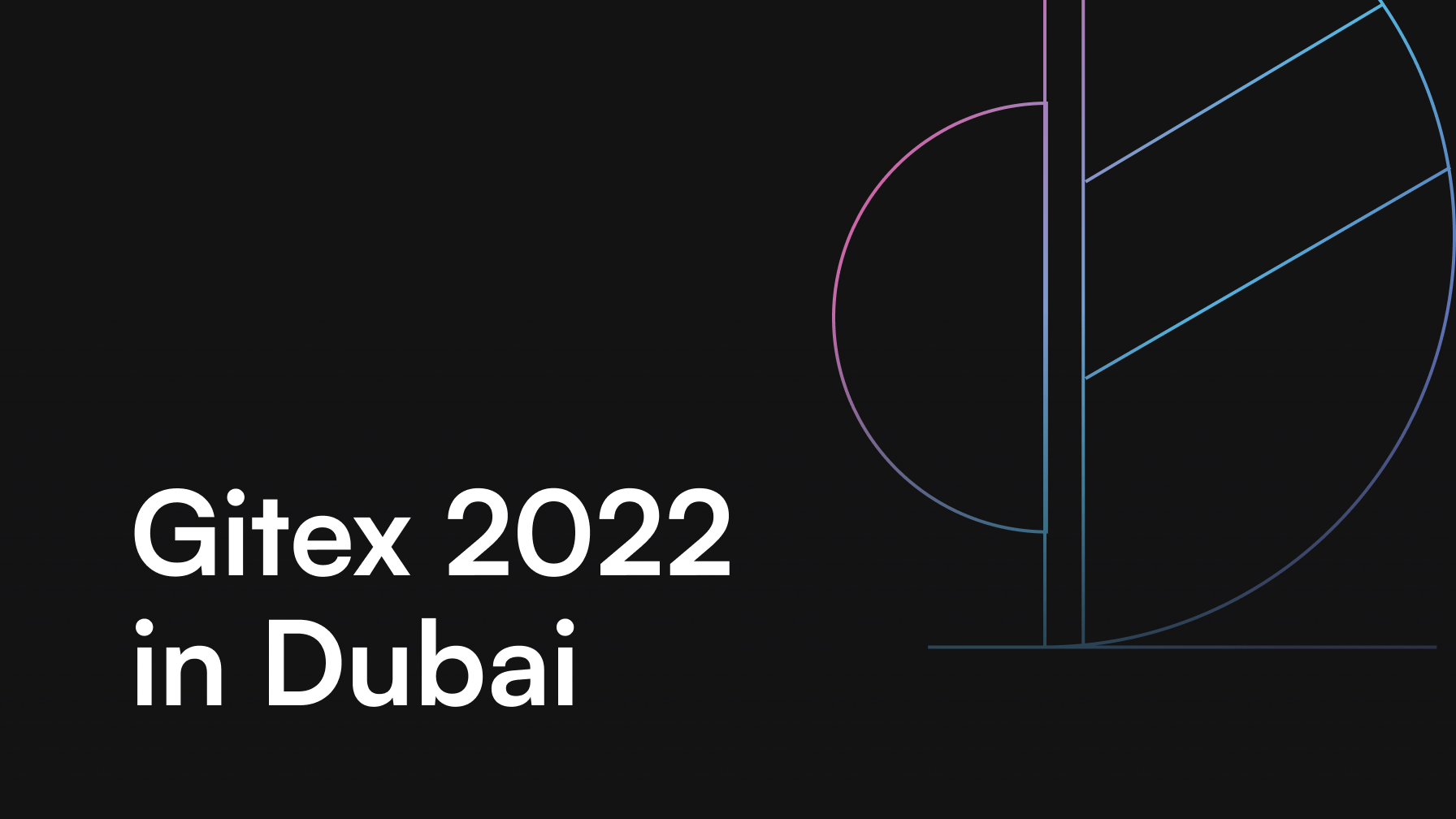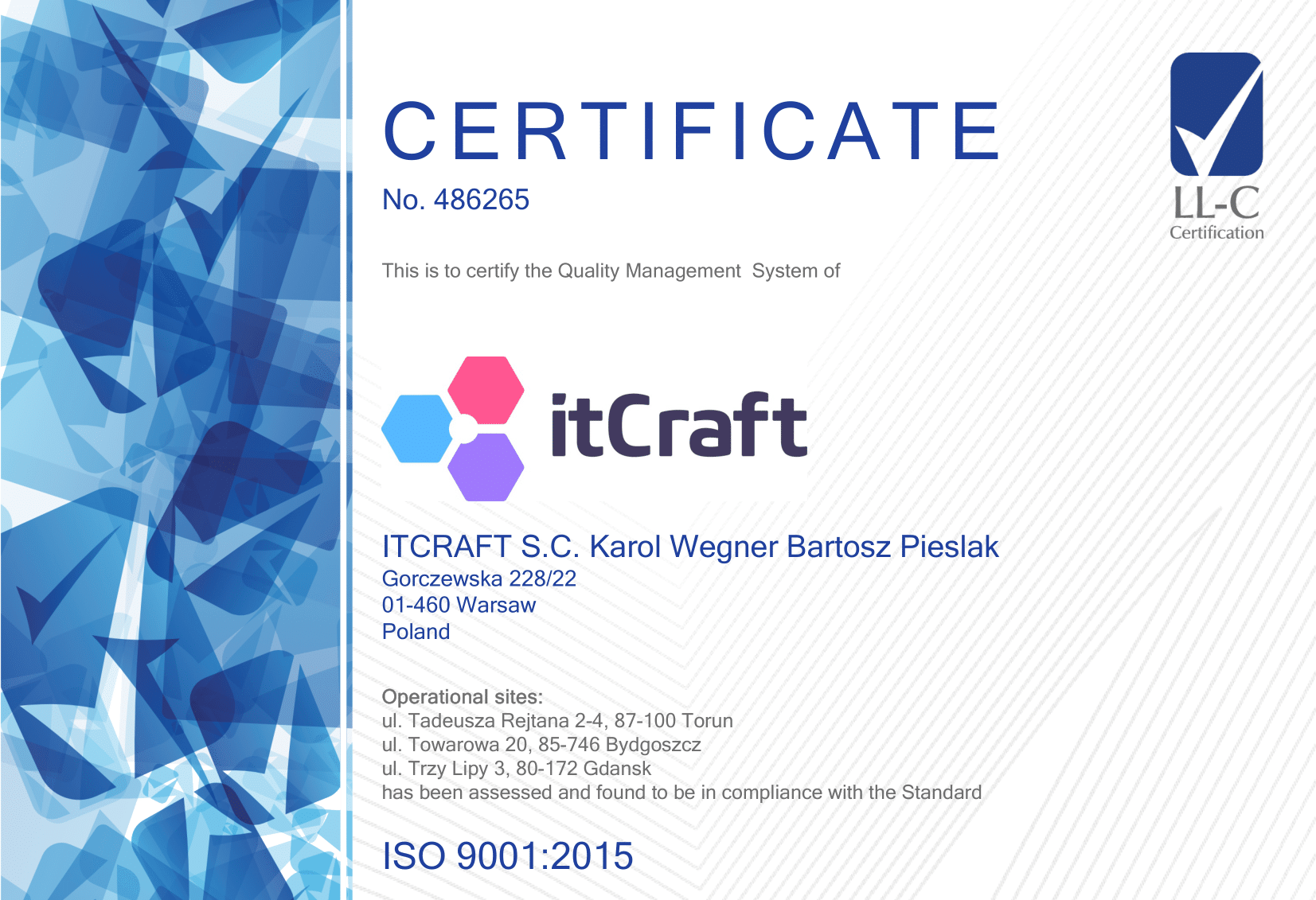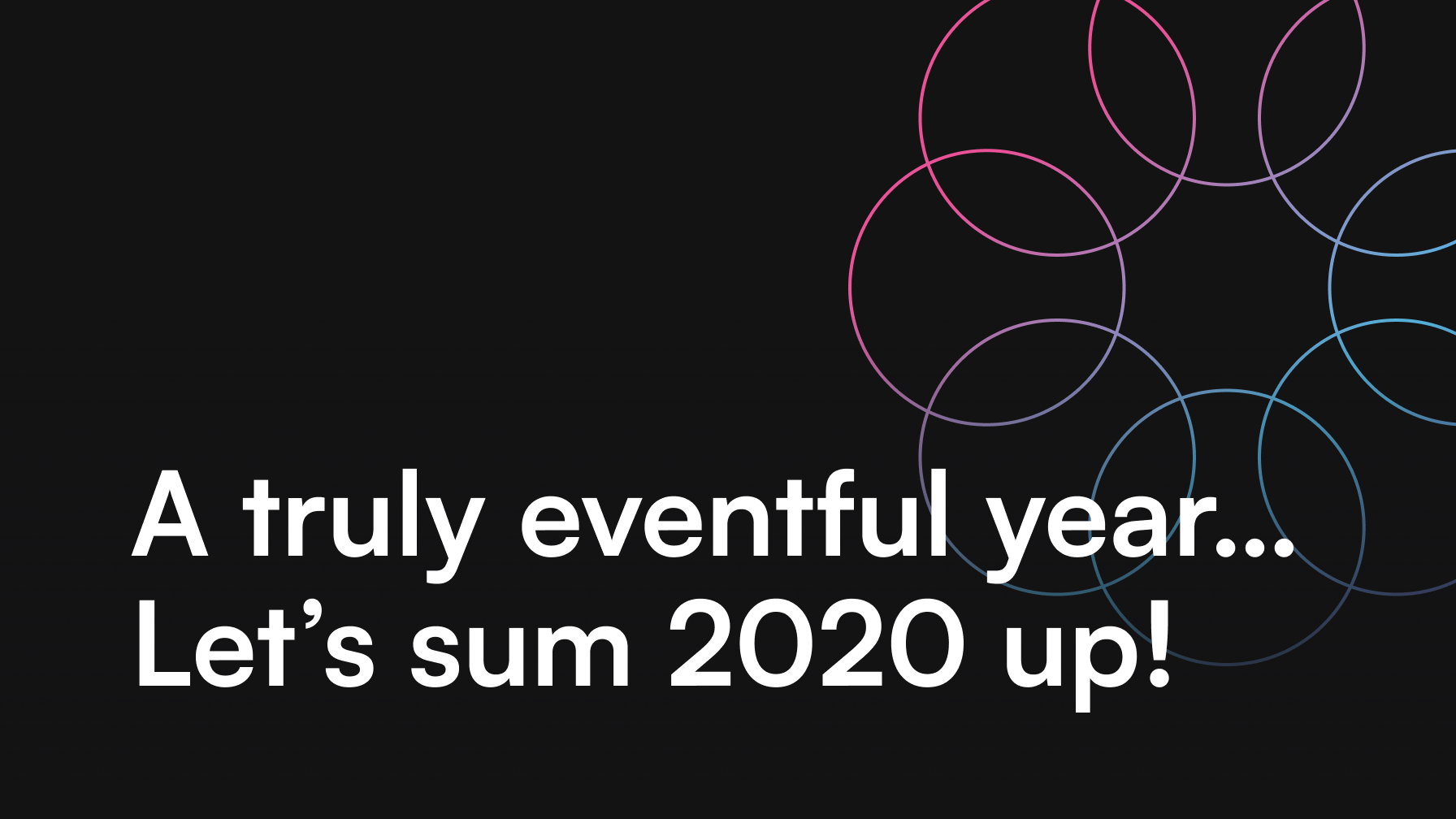Top 3 Cloud Computing Trends in 2023

Jakub Turkowski

Cloud computing is not a trend itself – it’s the reality that evolves. During the pandemic, many companies had to adjust themselves to the forced remote work situation. Cloud computing was the answer to that need. Even the governmental institutions have recognized the value of this technology. Moreover, the ongoing mass adoption of cloud computing is one of the key drivers of many other transformative tech trends (like the Internet of Things and Artificial Intelligence). We can definitely expect that companies will continue to leverage cloud computing to improve their efficiency and get access to innovative technologies in 2023. Here are the top 3 cloud computing trends that will surely have an impact on the industry.
Cloud computing powered by AI and ML
Artificial intelligence (AI) and machine learning (ML) are now provided by the big players in the industry. You know Google, Microsoft, or Amazon? Of course, you do. These companies have not only embraced cloud computing. They provide it to other businesses and individuals. They have invested heavily to build the necessary infrastructure – and this means that cloud computing is going to stay with the world for longer. What are the most well-known examples of AI and ML merged with cloud computing? Digital assistants like Siri, Amazon Alexa, and Google.
AI-powered cloud solutions examples
Of course, there are many other examples and solutions that use AI and ML. In medicine, for example. Thousands of X-ray reports are used to train the system that is super-accurate in detecting tumors. Chatbots and other solutions are used, i.e., in the banking sector to reduce paperwork or handle some aspects of customer service. So, cloud computing along with AI and ML are used to not only store data, but also to analyze information (including predictive analytics processing).
Here are several groups of merger tools:
- Cognitive cloud computing
- AI as Service platform
- Business intelligence
- Chatbots
Benefits of integrating AI into cloud computing
The first benefit is definitely increased data security. You know, data security is vital for any business. With all the possibilities that Ai algorithms provide, it is much more efficient and easier to mitigate the potential data breaches, as well as prevent data theft or data loss.
Another crucial aspect is (yes, money) cost reduction. Businesses don’t have to invest in building their own infrastructure. All they need is to pick the provider and pay on the go for the service. Plus, they get the option of scalability, which makes planning easier.
The next vital benefit is reliability. Like, the advantage of using this type of service is that it is basically always available. What is also worth mentioning – in case of any problems (including damage), the data is easily accessible from other servers. Useful, right?
What’s next? Flexibility – so important for agile development. Ai-powered cloud computing helps shorten the development cycles. With the automation of repetitive tasks, the risk of errors is significantly reduced. For software development companies, it means faster delivery of products without sacrificing the quality. And this leads us to the 2nd trend – the multi-cloud strategy.
Multi-cloud as a strategy
The hybrid cloud was a trend in 2022. 2023 is definitely the year when businesses come to understand the advantages of diversifying their services across a number of cloud providers. Why? Because it brings improved flexibility and a high level of security.
Furthermore, it is an option for businesses to not be tied too tight to one particular ecosystem. In case when the service provider changes something – like support for certain applications or even stops supporting a pack of applications altogether. Also, when some issues emerge in access to applications, there’s a much lesser chance of critical failure of business operations.
Adopting the multi-cloud strategy also means that businesses can easily port the applications across platforms. Again – it means saving money, as it happens that services providers may offer more cost-efficient solutions with the same functionalities.
Low-code and no-code cloud services
The democratization factor is here. Basically, anyone can now build an application with low-code and no-code platforms (see our article here). Since these platforms are available to anyone, some businesses will leverage them to enter the market. Without the need to invest in powerful infrastructure, smaller companies can take their chances of using tools like Figma, Airtable, or Zoho.
The users are now able to carry out tasks that previously required a vast experience in coding. Of course, sophisticated digital solutions still require a whole team of skilled and experienced pros to be crafted properly. Nevertheless, this trend will be on the rise in 2023. By the way – you have a project in mind? We can help.






